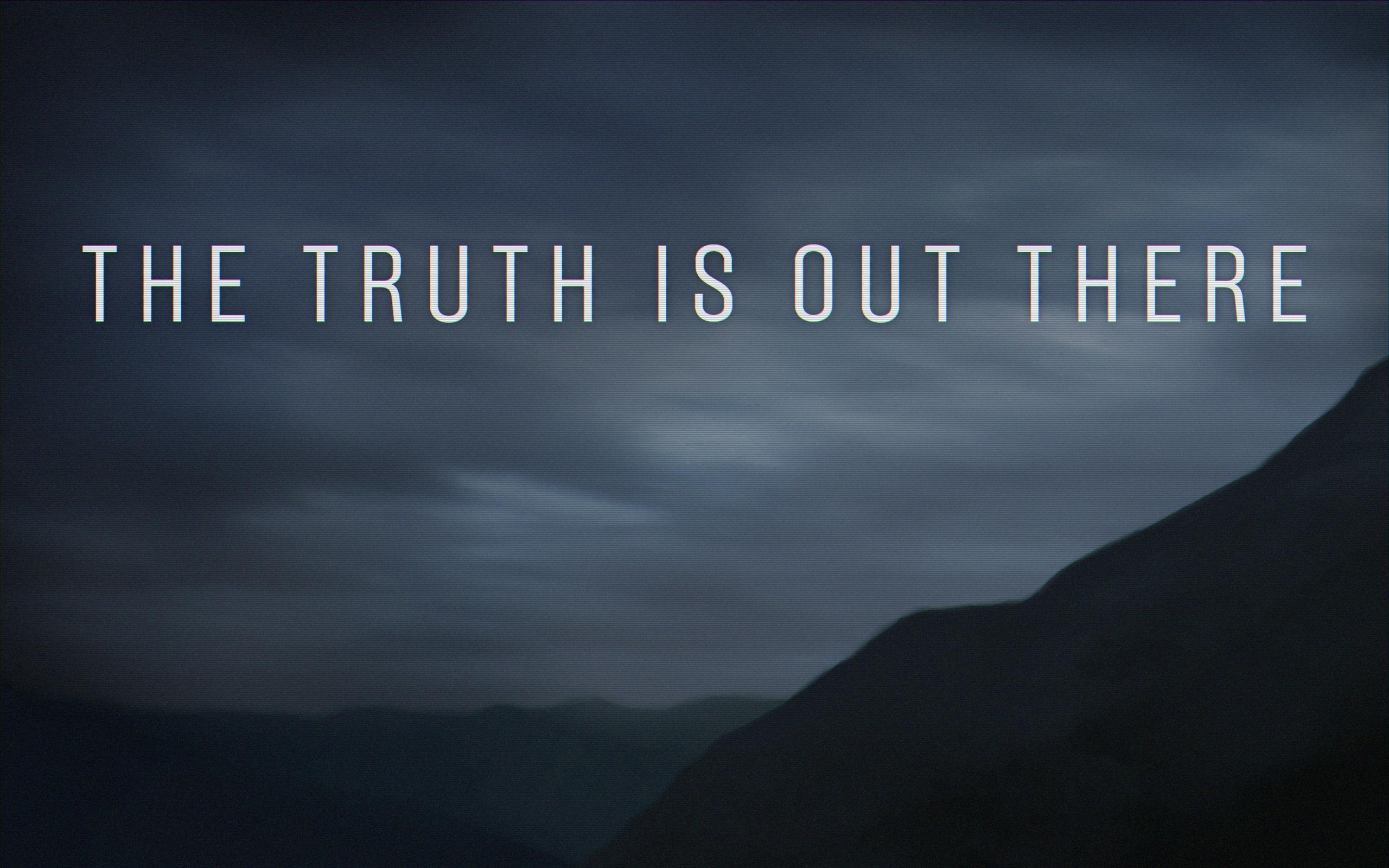
“The truth is out there,” said the famous byline from one of my all-time favorite series—the X-files. Mulder and Scully were forever on the chase of finding the truth, and to be honest the last few months for me have felt similar.
I’ve been in an anxiety-producing hamster wheel of searching for what is true. Truth in news, religion, in geopolitics, in health and medicine scares—it’s an overwhelming feeling: doing my best to filter through what is real and what isn’t. And with the rise in AI, everyone is doing their best news reporter impression. We seem to live in a post-truth world.
It is more clear to me than ever that the truth isn’t out there. It is in here.
Your Truth Response
A few weeks ago, I had a refreshing moment with a client. He said to me that my energy and presence calmed him. I took that in and realized that I believed him. When so much else around me felt off, untrue, in this moment, I could tell that statement was true for him to say and for me to hear.
We call this a truth response.
Someone else told me that my way of brainstorming with him opened up too many options. For some, that is welcome, but for him, it was too much. Again, I felt that truth response. I adapted my coaching style to serve his particular need.
Notice in one case I was hearing something I wanted to hear. In the other, something I didn’t want to hear. A genuine truth response is independent of what we want the truth to be.
A Rigorous Attitude
So one aspect of honing our inner capacity to discern what is true is to be suspicious of our own bias. Suspicious also of the skill some may develop to make their expression sound and feel true. A genuine truth response will be deeper than preference. Deeper than our respect or otherwise for the source. Deeper than proving that something we recently advocated is correct.
While it is different for each of us, there is typically a “yes” feeling inside that aligns with what is being tracked outside. Or a highly-tuned bullshit detector that gives an instinctive “no” feeling to anything not coming out straight, no matter the bluster or lucidity of the protagonist. For some, their sense of truth is instant. For others, it clarifies after digestion.
Supporting Growth
Great leaders (and coaches) learn to read when a truth response arises in the person they are with. The gift then is to reflect that for the person. Not just to read them but to show them their own truth response and inquire how it applies to the issue at hand. We support the people we work with by encouraging them to become ever more aware of how they discern truth from deceit.
How can you hone your truth response? Here are two practices to help you dig a little deeper..
1. Written Inquiry
Make a note of five things to which you feel a truth response. It could be something you hear, see, believe, like, or abhor. Wait three days. Return to the list and explore each item for bias or accuracy. Each time you discover a way you can be fooled, you have just upgraded your discernment.
2. Testing Your Truth
Ask a friend for five minutes to listen to you and respond. Speak your truth about something that is important to you. Have your friend share how that felt.
I know I’m not the only one whose experience of truth is shifting. Let me know how you are doing with it all.
Be well,
David Lesser
